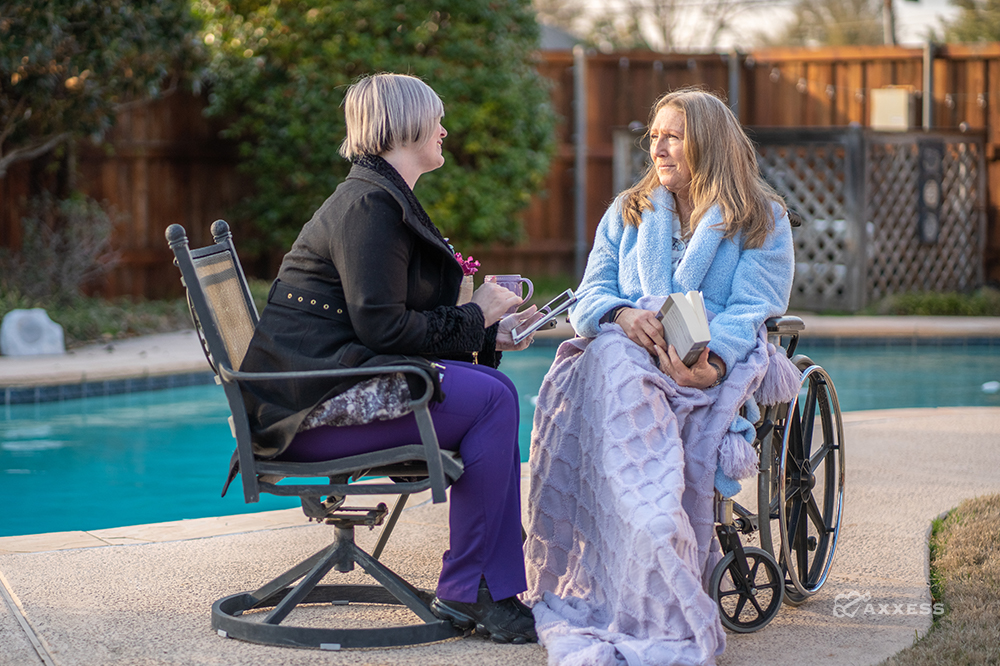
Not every patient has the same opportunities presented to them in their healthcare journey. It is our responsibility as healthcare leaders to share our experiences, educate and empower the patients we serve.
The weight of accomplishing these objectives often proves difficult. Yet, by using the equation below we can present options to our patients that may be appropriate for transitioning to hospice care.
- Knowledge (What is and is not known) + Choice = Power
- Power + Behavior = Increased human welfare (Personal and public health)
Hospice agencies should use these three steps to help guide conversations between home health staff and potential hospice patients.
Step #1: Trust, Then Knowledge
To naturally trust is a human instinct, but our judgement can sometimes be poor. Knowledge is an innate component in the healthcare industry because of the diverse certifications, credentialing and education processes required in our professional roles. As we share knowledge with patients, it is crucial that we monitor our language and customize this language to our audience.
Trust and combined knowledge enable patients to be more receptive and open to understanding and engaging in conversations with providers.
Ask yourself: Who does this patient or caregiver trust on our team?
Step #2: Experience and Choice
We can only choose from the options we know we have. Patients make decisions daily, such as choosing a treatment, agreeing to surgery, and managing their disease. Clinicians believe it is their responsibility to provide accurate and understandable information to patients so they may make their best personal decisions. Ultimately, if patients are capable, and if given the facts, they will make decisions to help achieve their health goals.
Remember that goals may change. If you notice a patient begins participating in fewer therapy sessions or continues to reschedule appointments, the patient’s care goals may have changed.
Ask the patient: What goal in your treatment do you want to focus on next?
Severely ill patients often state their preferences for receiving adequate pain and symptom management, avoiding inappropriate prolongation of dying, achieving a sense of control, and strengthening relationships with loved ones.
Step #3: Empower and Encourage
Empowerment and encouragement are vital to supporting patients and families throughout care. Everyone involved in the care plan needs to understand that it’s okay for care goals to change and that obtaining hospice care does not mean “giving up.” When goals change, our strategy should be to facilitate conversations that address and accommodate the situation. But one consideration in hospice care will always remain: how can you help your patient achieve their goals?
While care providers should contribute knowledge and expertise to decision-making, final decisions are ultimately up to the patient. Planting the appropriate “seeds” through conversation can often be sufficient to persuade the patient or caregiver to have meaningful conversations on available or potential outcomes.
Ask yourself and the patient: How can I assist for maximum effectiveness?
Empathetic and honest conversations between patients, caregivers and healthcare professionals may prevent unwanted or aggressive care at the end of life. Every situation is different. You may need to rely on your own expertise, judgement and special circumstances to navigate a meaningful conversation on when to transition to hospice care.
Our goal at Axxess is to empower hospice agencies to provide excellent, compassionate care by offering an easy-to-use and intuitive hospice software solution that enables you to focus on caregiving, not paperwork.
